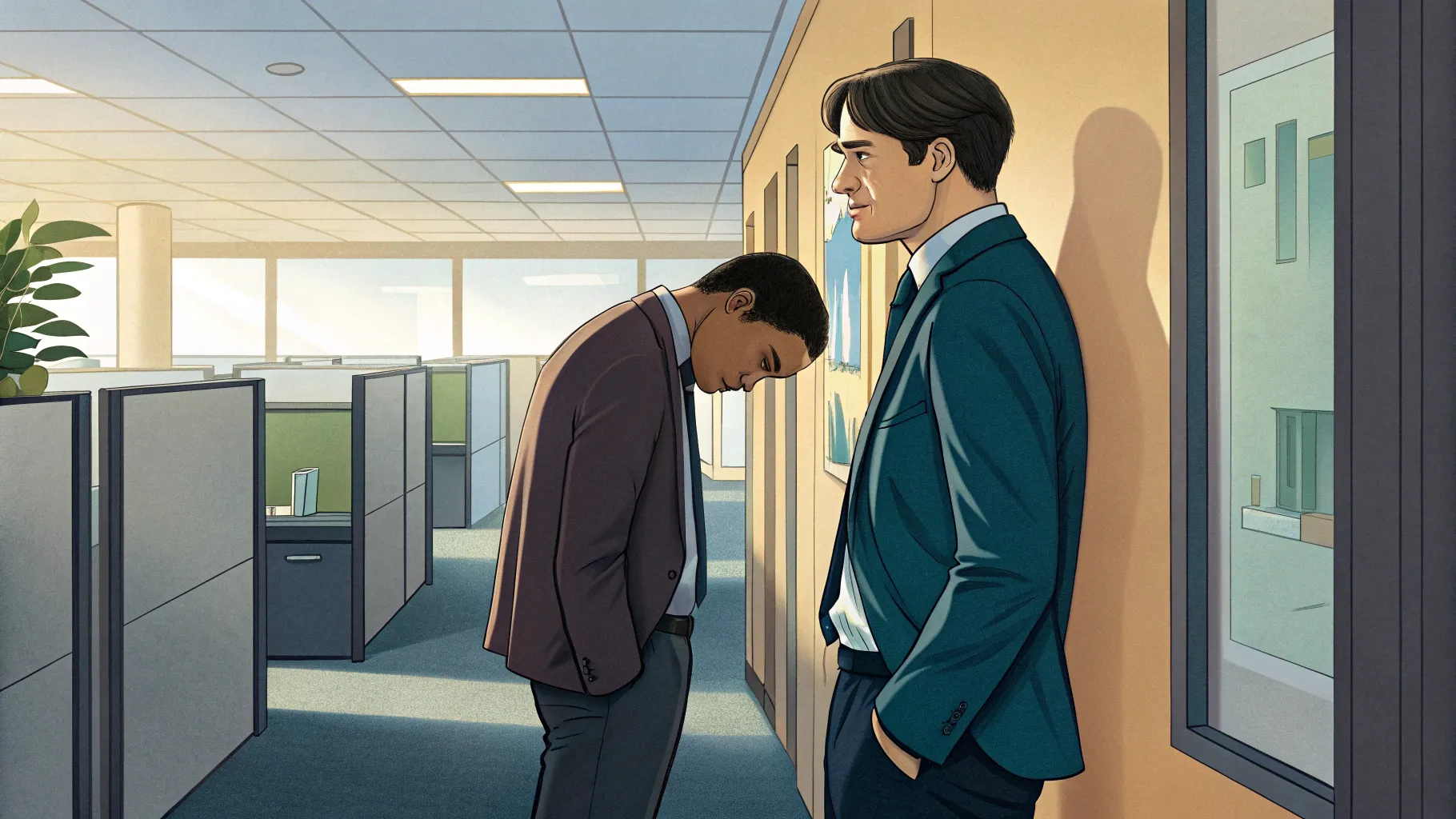Recently, I watched a short video that perfectly captured the uncomfortable dance that happens when someone returns to work after experiencing a loss. The contrast between two coworkers’ responses to their colleague’s bereavement was striking and made me reflect on how we handle grief in professional settings.
In the video, a person returns to work after attending a funeral. When asked about their time off, they hesitantly share that they were at a funeral. What follows is a masterclass in what to do—and what not to do—when a coworker is grieving.
The Wrong Approach to Grief
The first coworker’s response was painfully awkward. After learning their colleague attended a funeral, they immediately pivoted to asking about a meeting, only to swing back with a blunt “Who died?” When told it was the person’s father, they responded with the cringe-worthy “So you’re, like, super bummed,” before making a hasty exit.
This interaction highlights how many of us react to grief—with discomfort, awkwardness, and a desire to escape. I’ve been guilty of similar reactions in the past, unsure of what to say and afraid of saying the wrong thing.
“Oh. This is awkward. Got it. So are you coming to the weekly meeting at two? Oh. Who died?”
This approach fails on multiple levels:
- It prioritizes workplace concerns over human connection
- It uses dismissive language that minimizes profound loss
- It centers the responder’s discomfort rather than the griever’s needs
- It offers no support or acknowledgment of the person’s pain
A Better Way to Respond
The second coworker demonstrated genuine empathy. They expressed sincere condolences, offered space to talk, and asked how they could help ease the transition back to work. Most powerfully, they shared wisdom about grief: “Someone once told me that grief doesn’t shrink. You just grow around it.”
What struck me about this response was its authenticity. There was no forced cheerfulness or awkward attempt to “fix” the situation. Instead, there was acknowledgment, space, and support.
“I’m really sorry. Let me know if there’s anything that I can do for you. How can I help you ease back into things this week?”
When someone returns to work after loss, they don’t need us to have perfect words. They need us to be human. The second coworker didn’t try to solve grief—they simply stood beside it and offered companionship.
What We Can All Learn
Watching this interaction made me think about my own responses to colleagues’ grief. Have I been the awkward coworker, rushing past pain to get back to business? Or have I been the supportive one, making space for someone’s full humanity in the workplace?
The truth is, most of us haven’t been taught how to respond to grief. We fear saying the wrong thing, so we say nothing meaningful at all. We worry about making someone cry, so we avoid genuine connection.
Here’s what I believe we can all do better:
- Acknowledge the loss directly and express sincere condolences
- Ask open questions about how you can support them
- Offer specific help rather than vague statements
- Give them grace as they adjust back to work routines
- Follow up in the weeks and months that follow
Grief doesn’t follow a tidy timeline. Long after the funeral, when others have moved on, your colleague may still be struggling. A simple check-in can mean everything.
The workplace often expects us to compartmentalize our emotions, to leave our personal lives at the door. But grief doesn’t work that way. It comes with us everywhere. Creating space for grief at work isn’t just kind—it’s necessary for a healthy workplace culture.
Next time a colleague returns after loss, I hope we can all channel that second coworker—offering not perfect words, but perfect presence. Because in the face of grief, sometimes the most powerful thing we can say is simply, “I’m here.”

